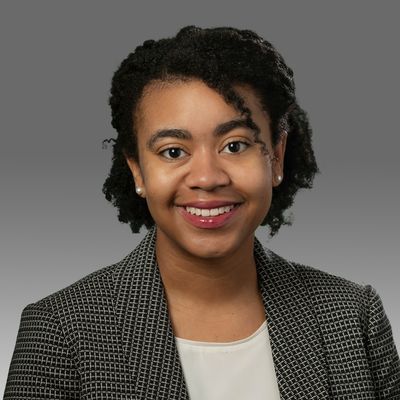Youth voted at a record rate in 2018, but of those who didn’t turnout in the last election, nearly half cited access as a reason for not voting. According to a 2019 report by The Leadership Conference, more than 1,600 polling places closed since the 2013 Shelby v. Holder decision which removed all jurisdictions from Voting Rights Act “pre-clearance” coverage. A large number of those 1,600 closures took place in communities of color, there has been no comprehensive study and no targeted reporting on how the ruling affected students on college campuses as a whole. In this project we investigate the level of access students at different types of institutions have when it comes to voting.
We currently see ~75% of colleges do not have election day polling on campus, and ~91% of colleges do not have early voting on campus. Many Southern states have zero on-campus early voting options according to our current data – and the South may be an area of focus moving forward. Additionally, Private 2-Year, Private 4-Year, and Public 2-Year colleges have much larger distances to polling places than Public 4-Year colleges. Our Urban/Rural designation also revealed that colleges in rural counties continually have higher average distances to their polling places.



